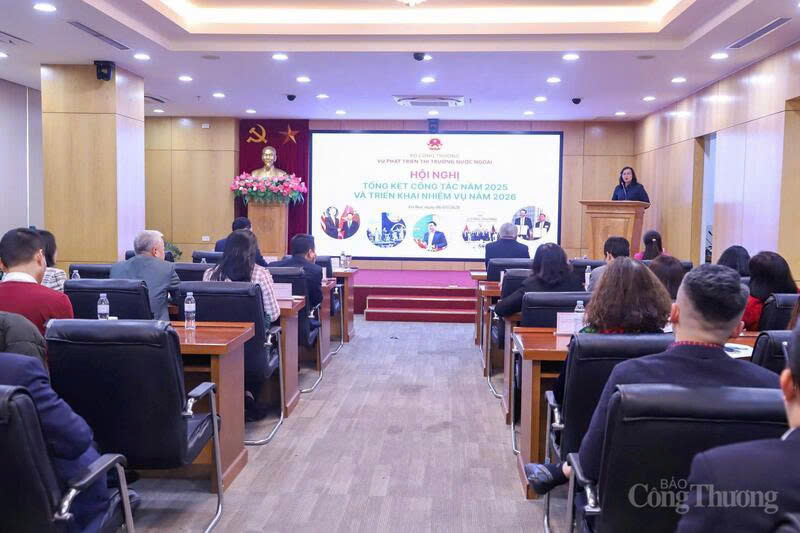
Stronger inter-agency coordination needed to drive export market growth
19:05 | 23/03/2025 15:39 | 07/01/2026News and Events
CPTPP - A key market for textiles
Six years after taking effect, the Comprehensive and Progressive Agreement for Trans-Pacific Partnership (CPTPP) has played an important role in promoting Vietnam’s trade with American markets, especially member countries including Canada, Mexico, Peru, and Chile. Among these, Canada, Mexico, and Peru are the first markets to establish FTA relations with Vietnam. Notably, textiles are one of the sectors benefiting the most from CPTPP.
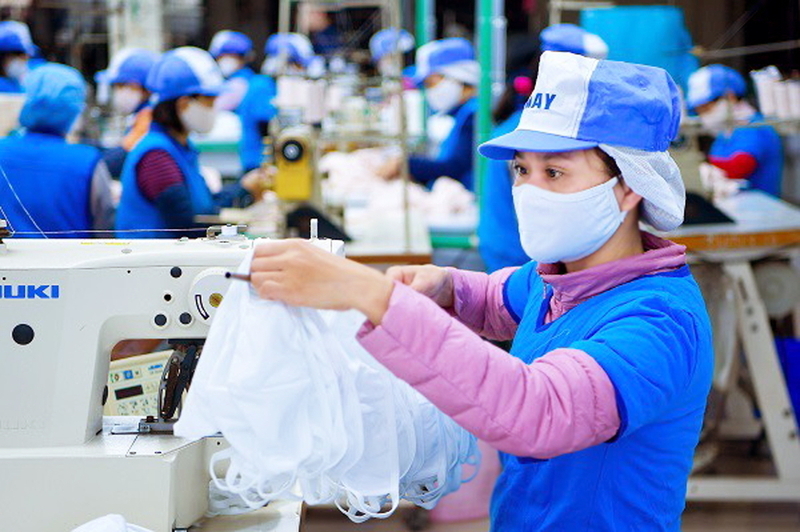
In the first 7 months of 2025, textile and garment exports to Canada reached over USD 705 million. Photo: Giang Nam
For example, in the first seven months of 2025, Vietnam’s textile exports to Mexico reached USD 134 million. Mexico mainly imports products under HS 61 (knitted or crocheted apparel and clothing accessories) and HS 62 (non-knitted apparel and accessories). Vietnam is the second-largest supplier of HS 61 products and the third-largest supplier of HS 62 products to Mexico.
Textiles are also an important export item to Canada. According to Vietnam Customs, in the first seven months of 2025, textile exports to Canada reached more than USD 705 million.
In practice, some CPTPP members such as New Zealand and Chile have separate annexes that simplify the rules of origin, requiring only “cut and sew” rather than “yarn-forward.” This is also a major advantage for textile enterprises.
Flexibility in rules of origin
According to the Import-Export Department under the Ministry of Industry and Trade, in CPTPP the general rules of origin for textiles are still applied under Chapter 3 (Rules of Origin and Origin Certification Procedures). However, product-specific rules and some special provisions for textiles are provided in a separate Chapter 4 (Textiles).
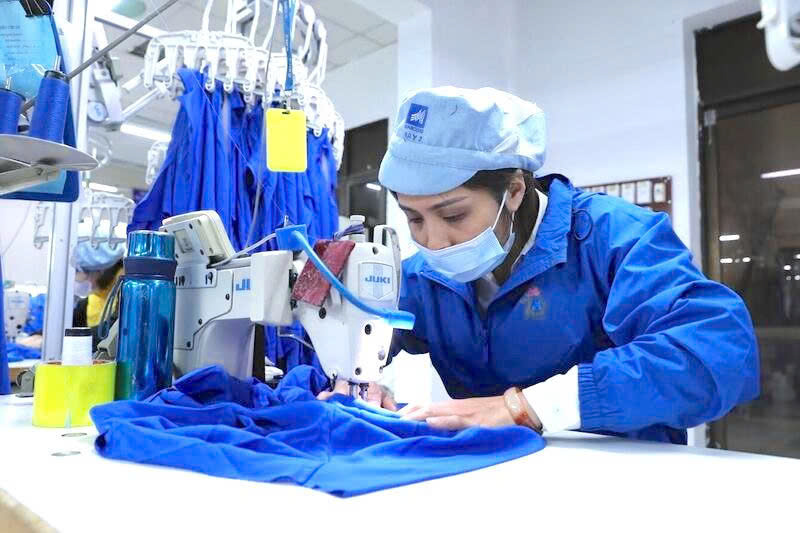
The origin criteria for textiles in CPTPP are stricter than other FTAs that Vietnam is participating in.
Basically, the rules of origin for textiles in CPTPP are stricter than those in other FTAs that Vietnam participates in, as they are built on the “yarn-forward” principle. This means the production of textiles must use yarn and fabric produced within CPTPP, and products must also be cut or knitted to shape, or both, and then sewn or otherwise assembled in the territory of one or more CPTPP members.
The product-specific rules for textiles are guided in Annex VII, Circular No. 03/2019/TT-BCT dated January 22, 2019 of the Minister of Industry and Trade, where traders can look up the PSR list in Vietnamese.
In addition, CPTPP requires textiles to simultaneously meet the provisions on sewing thread and elastic yarn. Specifically:
First, in cases where textiles use sewing thread made of cotton (HS 52.04), man-made filament (HS 54.01), man-made staple fiber (HS 55.08), or use synthetic filament yarn (HS 54.02) as sewing thread, such sewing thread must be spun and finished in the territory of one or more members.
Second, in cases where textiles contain elastic yarn (spandex or rubber) in the main component of the product, such elastic yarn must be spun and finished in the territory of one or more members.
The Import-Export Department stated that rules of origin for textiles in CPTPP are quite strict, so the Agreement also provides several flexibilities applied to textiles.
The first flexibility is that three product groups only need to undergo “cut and sew” in CPTPP territories to qualify as originating: handbags (HS 42.02), women’s brassieres (HS 6212.10), and children’s clothing made of synthetic fibers (HS 6111.20 and 6209.30).
The second flexibility is the Short Supply List: this list allows the use of certain types of yarns and fabrics sourced outside CPTPP for corresponding textile production. It includes 187 types of yarns and fabrics, of which 8 lines are temporary (permitted for 5 years from the date the Agreement takes effect) and 179 lines are permanent.
Another flexibility for textiles in CPTPP is the De Minimis threshold applied to non-originating materials that do not meet tariff classification change criteria. Accordingly, CPTPP allows the use of such inputs up to 10% of the total weight of the finished textile product.
The final flexibility is the provision on full cumulation. Accordingly, if the entire production process of textiles (from fiber to yarn, then fabric and garment) takes place in the territory of one or more CPTPP members, the final textile product is considered originating regardless of the origin of intermediate inputs produced during the process.
With these new rules of origin, the Import-Export Department noted that Vietnamese enterprises, especially those newly exporting to CPTPP markets under the Agreement, have encountered many difficulties in reading and understanding the rules of origin for textiles.
To apply them correctly, Vietnamese textile enterprises need to thoroughly and accurately understand the rules of origin under CPTPP.
In the short term, complying with rules of origin for textiles exported to CPTPP in order to enjoy tariff preferences will remain a limitation for Vietnam’s textile industry. In the long term, as tariffs on textiles continue to be reduced and closed supply chains from raw materials to finished products are formed, Vietnam’s textile industry will be able to take full advantage of the benefits from CPTPP.
In the first 7 months of 2025, Vietnam's textile and garment export turnover to the Mexican market reached USD 134 million.
Textiles and garments are also an important export item of Vietnam to the Canadian market. According to data from Vietnam Customs, in the first 7 months of 2025, textile and garment exports to Canada reached over USD 705 million...

19:05 | 23/03/2025 15:39 | 07/01/2026News and Events
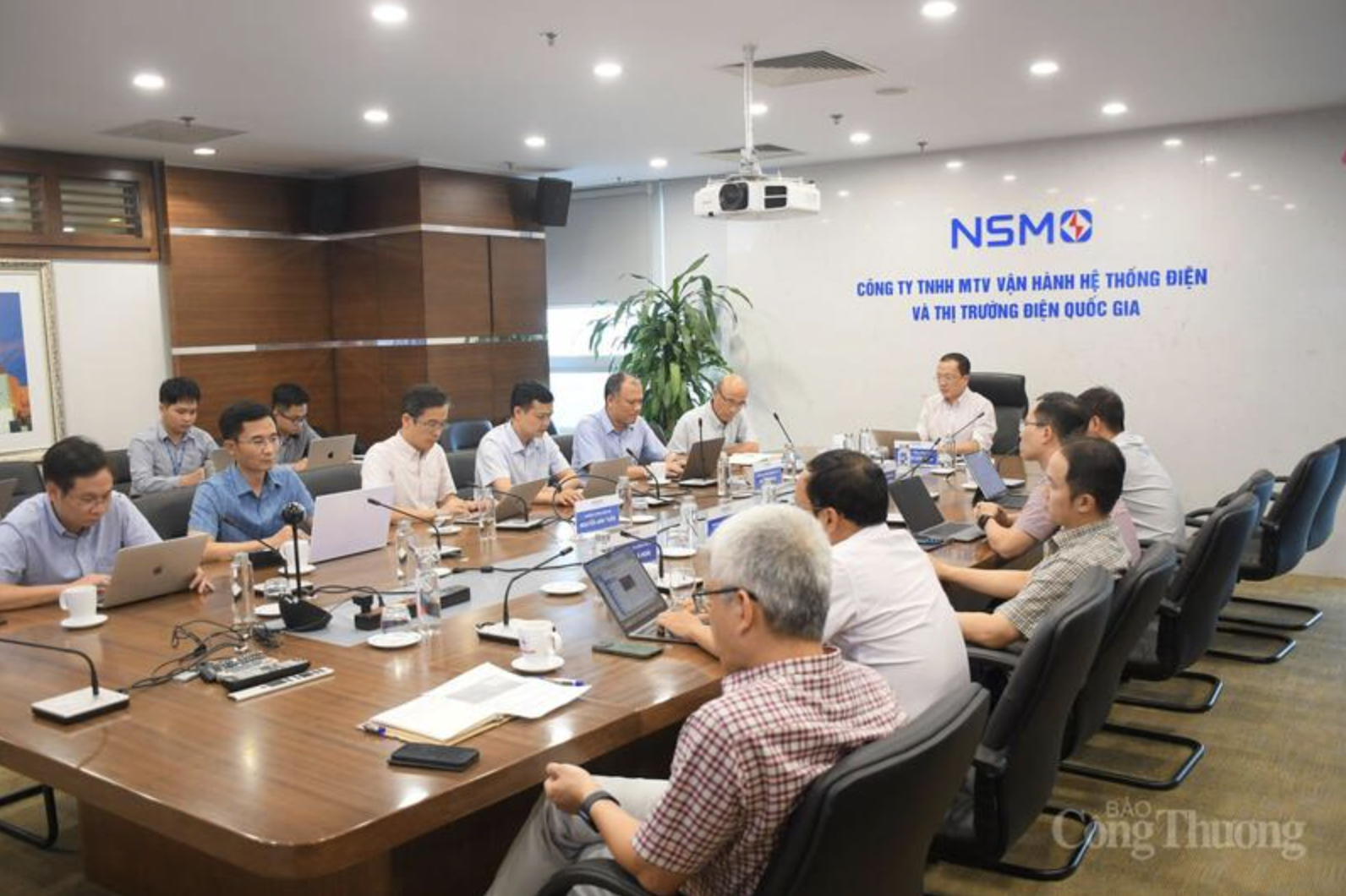
19:05 | 23/03/2025 15:38 | 07/01/2026Industry

19:05 | 23/03/2025 15:38 | 07/01/2026Industry
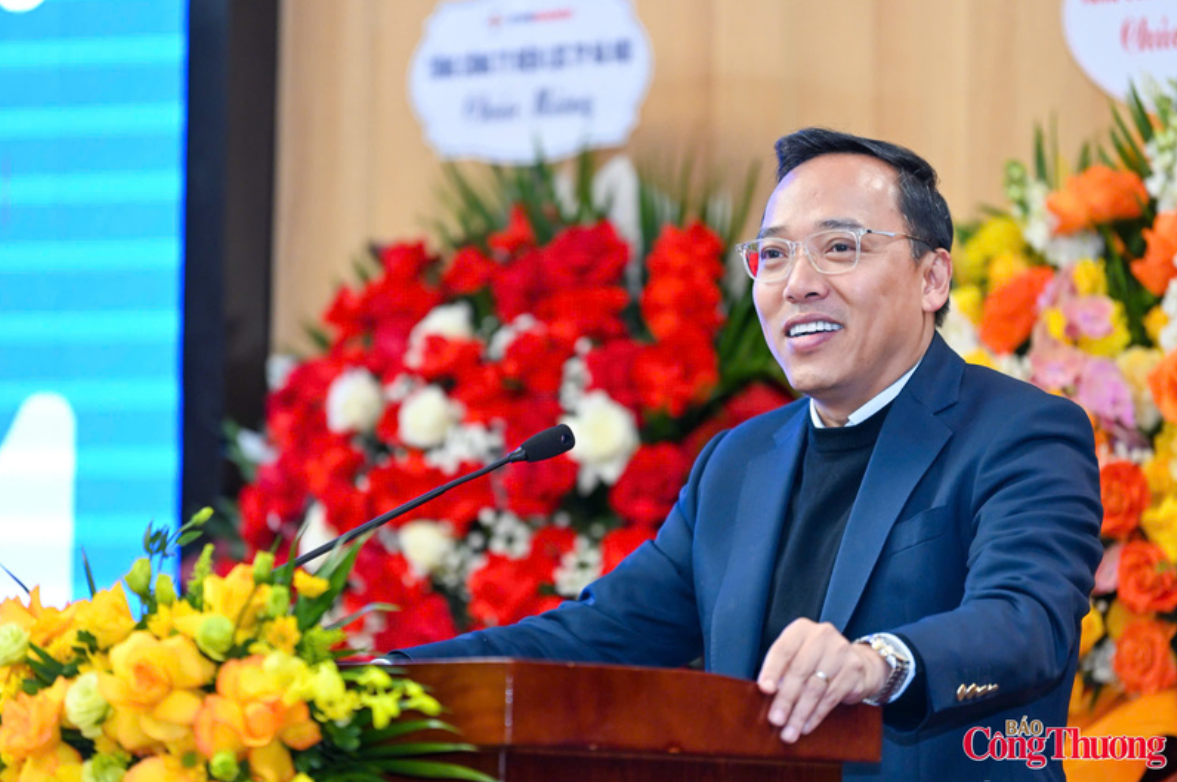
19:05 | 23/03/2025 15:37 | 07/01/2026Industry
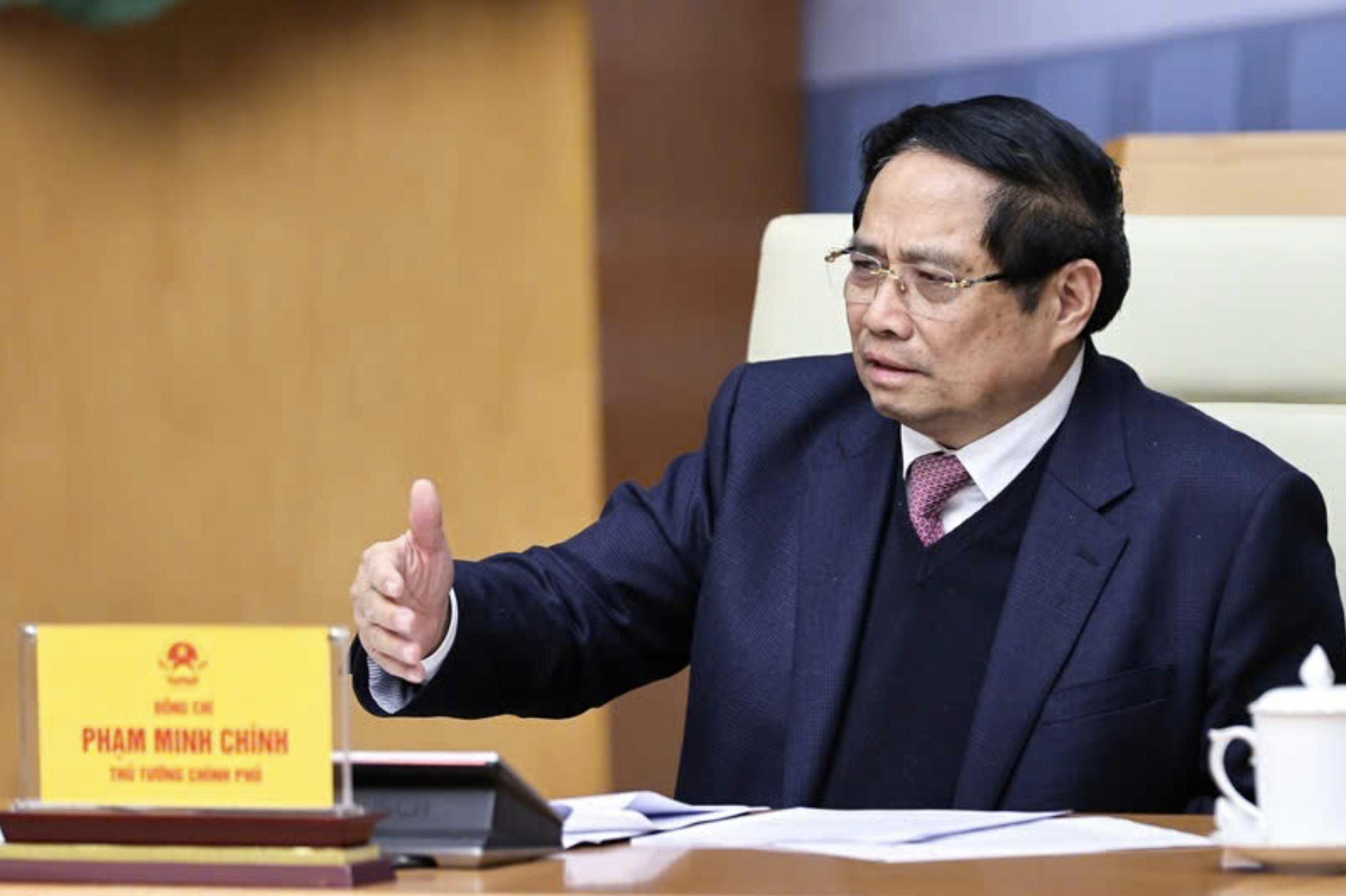
19:05 | 23/03/2025 15:36 | 07/01/2026News and Events